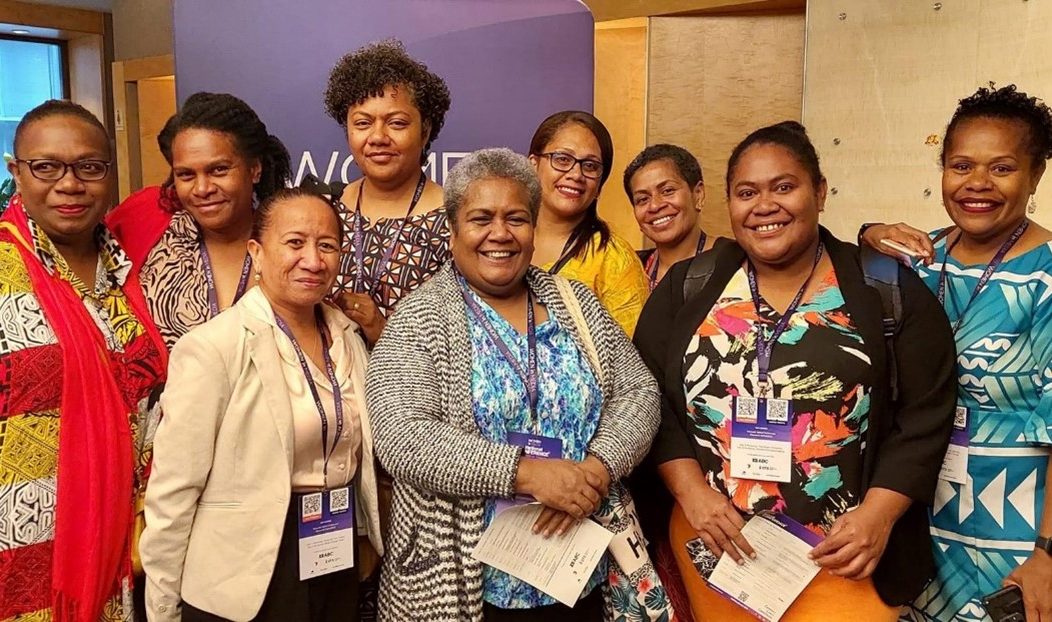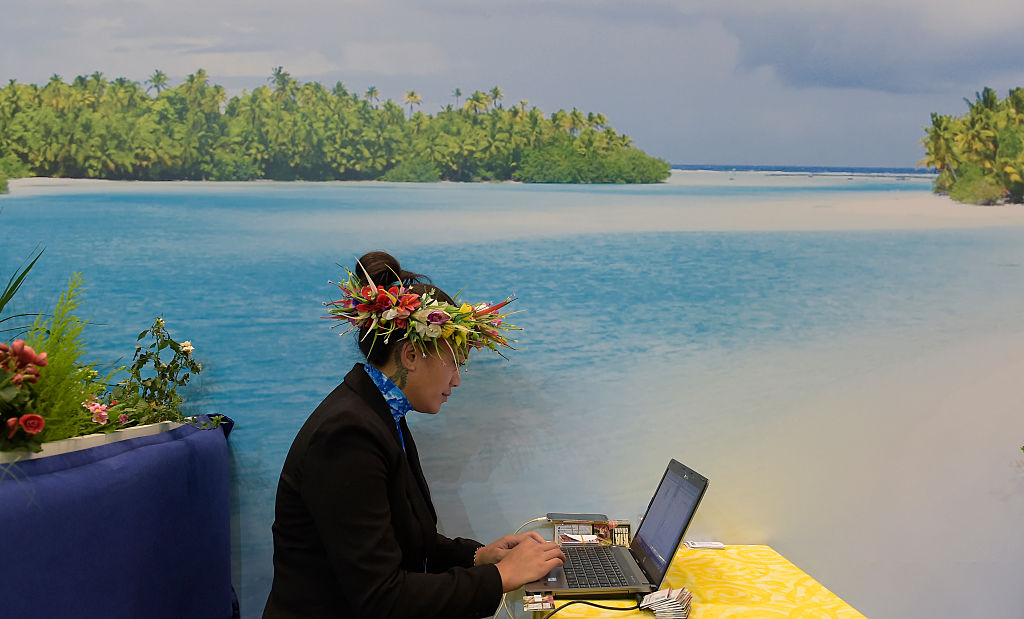To counter anti-democratic propaganda, step up funding for ABC International

A global contest of ideas is underway, and democracy as an ideal is at stake. Democracies must respond by lifting support for public service media with an international footprint.
With the recent decision by the United States to freeze funding for the US Agency for Global Media, crippling media bodies including Voice of America and Radio Free Asia, the ABC’s international media activities across the Indo-Pacific are needed more than ever.
The ABC’s international media channels and the bespoke content we create, distribute and share with our media partners showcase an Australian society that is diverse, free and equal, with an independent media that holds power to account.
We show a positive alternative to the authoritarian systems that illiberal states promote through their own international media activities, and we reach out to people across our region with an Australian voice.
The US has also frozen foreign aid (which affects media houses and journalists across the globe) and, according to former secretary of state Hillary Clinton, is making cuts to its diplomatic service, with planned closures of representative offices.
The timing of this broad-based US withdrawal of soft power is of particular concern. Autocratic states are subjecting populations across the globe to an information assault. Russia, China and others are vigorously propagating the narrative that they are part of a battling Global South, fighting against a degenerate Western agenda that champions women’s rights and minority interests to the fundamental detriment of people everywhere.
Democracy, the narrative goes, does not lift people out of poverty, and human rights are merely a Western notion. In the absence of a strong US information presence around the world, that view has more opportunity to take hold.
Today authoritarian states take soft power as seriously as hard power and work together to sell, share or otherwise promote their content across social media, in multiple languages and across regions. China invests about US$7 billion to $10 billion per year in its media outlets, including Xinhua News Agency, China Global Television Network, China Radio International and the China Daily web portal. While funding is generally opaque, Russia’s international media operations are estimated to receive $9 billion a year.
With the US pulling back, Australia’s security in our region is challenged. We cannot afford to sit back and wait for a change in the US position; we need to project our soft power with all available tools.
In December 1939, when Australian prime minister Robert Menzies saw the threat posed by the regional propaganda of the Axis powers, he announced the formation of Radio Australia specifically because, he said, ‘the time has come to speak for ourselves’.
ABC International, of which Radio Australia is now a part, works through partnerships, creating programming for, with and about the peoples of the Indo-Pacific region. Its output covers many genres including news and current affairs, arts, sport, science and culture. This commitment to regional perspectives and voices is well recognised by our neighbours and seen as a sign of Australian sincerity and friendship. The ABC’s increasing reach across the Indo-Pacific is both strengthened by and lends strength to Australia’s diplomatic presence and foreign policy initiatives.
Through media capacity building projects funded by the Department of Foreign Affairs and Trade (DFAT), and with funding under the Indo-Pacific Broadcasting Strategy, our ABC International Development team partners with media houses, press councils, media associations, journalists and content makers in countries across the Pacific, in East Timor and in Indonesia. These collaborations help our neighbours strengthen their own media, bolster their civil societies and thereby counter the influence of malign external actors.
There is much more that could be done, both to expand existing programs and to step up Australia’s media engagement with vulnerable and growing economies, and large populations in our region including Indonesia, Vietnam and India.
Funding for ABC International broadcast and digital activities, excluding DFAT grants for media capacity building activities but including additional funding from the government as part of the Indo-Pacific Broadcasting Strategy, currently sits at around $20 million per year.
This is a modest investment when compared to the funds being deployed by China, Russia and others in promoting autocracy and their world views. Further spending by the government in our media outreach to the region would be well justified, especially when compared with hard power investment, and it can be swiftly scaled up.
We are defending and promoting free speech, reliable information, independent media and citizenship. For Australia, it means ensuring that our neighbours understand us and value our friendship. And ultimately it enhances the security of our nation.









